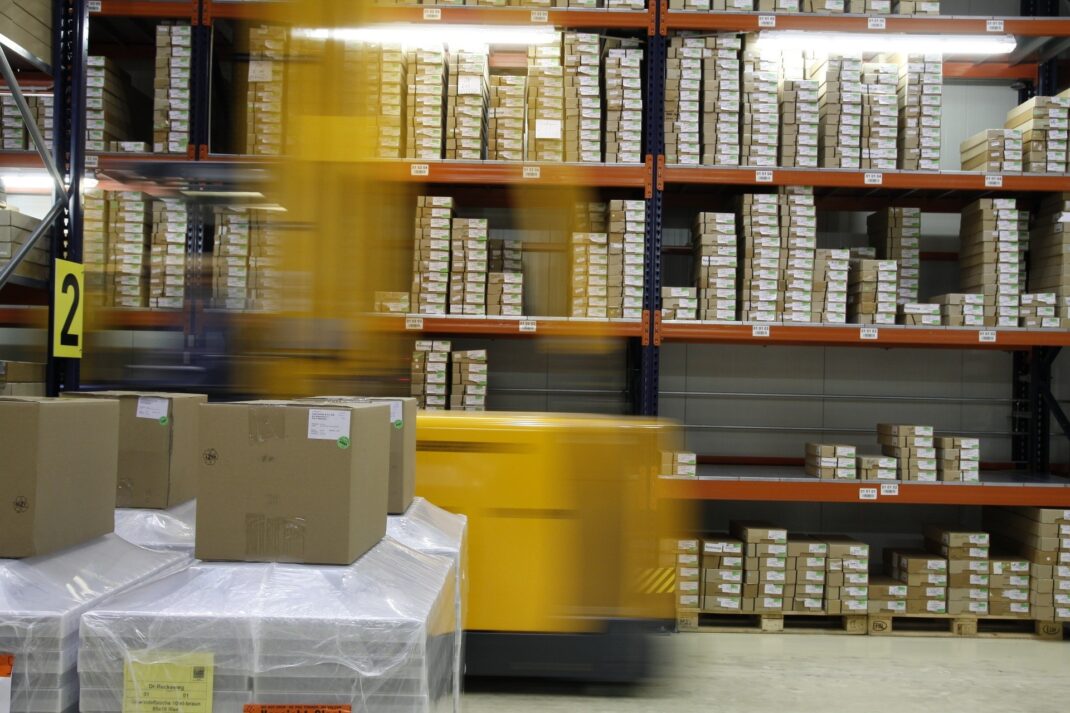Related Articles
When you need to increase production output, there’s the usual way and there’s the smart way.
If you think that more factory output means more people, more space and more stuff, then you’re missing the point of Lean Thinking.
Getting materials and products to flow smoothly through the factory, adding value, achieving “right first time” at every step, keeping it simple and visual – that’s what good looks like, whatever you want to call it.
WAYS TO EASE PRODUCTION OUTPUT:
Organizing is the establishment of effective authority relationships among selected work, persons and work places in order for the group to work together efficiently.
Organization is key to an efficient workspace. Take a look around your factory floor.
Are hand tools easy to find?
Are waste products piling up in the corner?
All tools, parts, materials and instructions should have a home, and every employee should know where that home is.
IDENTIFY PRODUCTION BARRIERS:
Production barriers occur where there is a breakdown somewhere in the production line and need to be discovered during self-evaluation.
Many people incorrectly assume bottlenecks are driven by machine or equipment related deficiencies.
Most organizations have the most costly bottlenecks in their ‘human’ components of their processes.
MODERNIZE TECHNOLOGY:
Understand what technology is used across your organization, both on the hardware side and the software side.
Technology debt is an unpleasant fact of life for businesses today. If you don’t provide your team with the tools they need to be efficient, you’ll find yourself losing more customers to more efficient competitors.
Granted, this can sometimes require hefty upfront investments, but new technologies can help you get ahead and/or stay ahead of your competition.
If your office computers take 5 minutes to load, that’s at least 5 minutes later for any new information to reach your production line – or at least 22 hours of delay per year on that machine and employee alone!
The same argument can be made with any production dependent equipment in your operation.

IDENTIFY AND REMOVE WASTEFULNESS:
Waste is a broad term, and can refer to materials, energy, man-hours or space.
One of the biggest and most expensive kinds of waste is material waste. Here are a few ideas for reducing it:
- Focus on design. The best way to reduce material waste is to use less material from the beginning. Designing parts using methodologies like value engineering and design for manufacturability (DFM) can drastically improve yield.
- Recycle scraps and factory returns. Even if you can’t use the recycled material yourself, you can sell it to a factory that can, turning waste into profit.
- Optimize processes to utilize all available material. Could you use more of that sheet metal before scrapping it? Can those tool tips be sharpened and re-used, instead of discarded? Every scrap of discarded material represents an opportunity to improve process efficiency.
STANDARDIZING WORK:
Everyone has their own approach to things, but in the world of manufacturing, there’s not a lot of room for individuality.
Even the simplest tasks should be standardize to maximize efficiency.
Production Scheduling Software : How to Maximize Your Output While Managing Your BusinessAndroid POS System: 5 Most Downloaded Point of Sale Systems in the Play Stored
It can be started by making a checklist, and placing it in each workspace.
Then, make sure that every employee who does a job in that workspace follows the checklist.
This simple act can reduce downtime and improve overall product quality.
PROACTIVELY MANAGING EQUIPMENT FAILURES:
We all know that a toothbrush is a lot cheaper than a root canal, but not everyone carries this wisdom over to manufacturing.
Preventive maintenance is the practice of performing maintenance tasks based on the known schedule of wear for a particular tool.
The idea is to provide maintenance before it is necessary, but not so often that it interferes with other tasks.
Decide on the right schedule by consulting tool manufacturers, or by considering the time between past failures.
ENGAGING THE EMPLOYEES:
If the process is plagued by downtime, look to your employees for answers.
It’s only logical that the person responsible for carrying out a job might have a few ideas to make the process more efficient.
On the other hand, it’s easy for executives and managerial staff, who are used to looking at the bigger picture, to miss smaller opportunities for improvement.
It’s important to open channels of communication so that employees can effectively communicate up the chain, whenever they have suggestions, comments or complaints.
QUANTIFYING EVERYTHING:
Assign a point value, or better yet, a dollar value, to every aspect of your manufacturing process.
Material costs are obvious, but take into account man-hours, equipment wear and tear, and planned obsolescence to further quantify production.
By assigning numbers to every aspect of manufacturing, you’ll make it a lot easier to see which areas need immediate attention.
STRENGTHENING THE SUPPLY BASE:
When quantifying your manufacturing process, be sure to take a close look at your suppliers.
If you notice that some are consistently providing you with better materials, parts or tools, reward them by giving them more of your business.
This is another place where quantifying comes in handy: sticker price is hardly ever an accurate indication of the true cost of an input.
You may also find that customer-service attitudes vary greatly between suppliers.
To maximize efficiency, it’s recommended to work with suppliers who have a customer-first attitude.
They’ll be much quicker to respond if anything goes wrong, and much more willing to fix a problem on their end while minimizing your losses.
IMPROVING THE TRAINING PROCESS:
There’s no substitute for hands-on, real-world training.
Take stock in your employees by training them on multiple processes; that way, they can help one another troubleshoot, act as substitutes, and provide relief during repetitive tasks.
Furthermore, if everyone on the factory floor has a good grasp of the entire process from start to finish, they’ll have a better understanding of their roles within that process.
Most importantly, to find better ideas, allow your employees to add their own ideas on how to improve efficiency. If they do the job every day, they will have insights that no consultant or executive will have.




